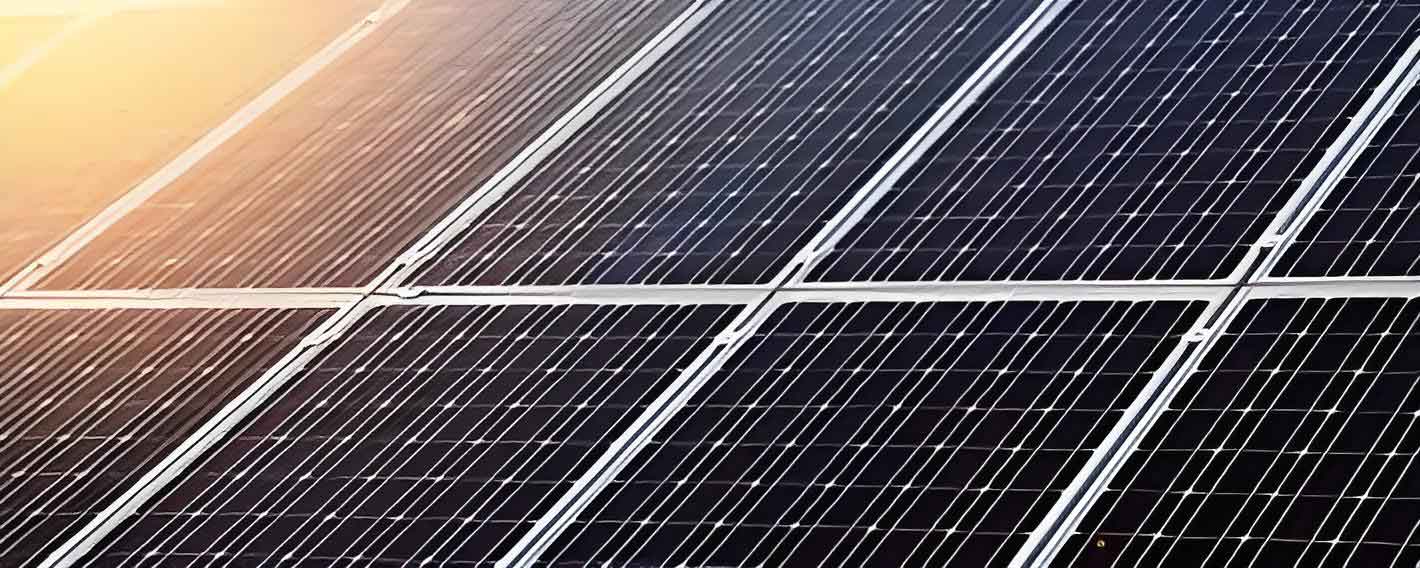
Introduction
Photovoltaic panels are a cornerstone of renewable energy systems, converting sunlight into electricity to provide a sustainable energy source. However, the performance of these panels can be significantly influenced by various climatic conditions. Understanding these impacts is crucial for optimizing the efficiency and longevity of solar energy systems. This article explores how different climatic factors such as temperature, humidity, solar irradiance, wind, and dust affect the performance of photovoltaic panels and offers strategies to mitigate these effects.
Temperature
Temperature plays a critical role in the performance of photovoltaic panels. While photovoltaic cells are designed to operate in sunlight, excessive heat can reduce their efficiency. The relationship between temperature and efficiency is largely due to the semiconductor properties of the photovoltaic cells.
Key Points:
- Optimal Temperature: Photovoltaic panels generally perform best at moderate temperatures, typically around 25°C (77°F).
- Temperature Coefficient: Most photovoltaic panels have a negative temperature coefficient, meaning their efficiency decreases as temperature rises.
- Heat Dissipation: Proper installation with adequate ventilation can help dissipate heat and maintain optimal operating temperatures.
Table 1: Temperature Impact on Photovoltaic Panel Efficiency
| Temperature (°C) | Efficiency Decrease (%) |
|---|---|
| 25 | 0 |
| 30 | -0.5 |
| 40 | -1.5 |
| 50 | -2.5 |
Humidity
Humidity can impact the performance of photovoltaic panels in several ways. High humidity levels can lead to condensation on the panel surfaces, which reduces the amount of sunlight reaching the cells. Additionally, prolonged exposure to high humidity can lead to corrosion of the panel components.
Key Points:
- Condensation: Reduces sunlight absorption and efficiency.
- Corrosion: Affects electrical connections and panel longevity.
- Protective Coatings: Using panels with protective coatings can mitigate the adverse effects of humidity.
Table 2: Humidity Impact on Photovoltaic Panels
| Humidity Level (%) | Potential Issues | Mitigation Strategies |
|---|---|---|
| 0-50 | Minimal impact | Regular cleaning and maintenance |
| 50-80 | Moderate impact | Use of anti-corrosion materials |
| 80-100 | High impact | Protective coatings and sealed installations |
Solar Irradiance
Solar irradiance, or the amount of sunlight reaching the photovoltaic panels, is the primary driver of energy production. Variations in solar irradiance due to geographic location, time of year, and weather conditions directly affect the output of photovoltaic panels.
Key Points:
- Geographic Location: Regions closer to the equator receive higher solar irradiance.
- Seasonal Variation: Solar irradiance varies with seasons, peaking in summer and dipping in winter.
- Weather Conditions: Cloud cover, fog, and pollution can reduce solar irradiance.
Table 3: Solar Irradiance and Photovoltaic Panel Performance
| Condition | Solar Irradiance (W/m²) | Performance Impact |
|---|---|---|
| Clear Sky | 1000 | Optimal performance |
| Partly Cloudy | 600-800 | Moderate reduction in efficiency |
| Overcast | 200-400 | Significant reduction in efficiency |
| Foggy/Polluted | <200 | Drastic reduction in efficiency |
Wind
Wind can have both positive and negative effects on photovoltaic panel performance. On the positive side, wind can help cool the panels, reducing the negative impact of high temperatures. On the negative side, strong winds can cause physical damage to the panels and mounting structures.
Key Points:
- Cooling Effect: Wind helps dissipate heat, maintaining efficiency.
- Structural Damage: High winds can damage panels and mounts.
- Wind Load Design: Proper structural design and installation can mitigate damage from strong winds.
Table 4: Wind Impact on Photovoltaic Panels
| Wind Speed (km/h) | Potential Issues | Mitigation Strategies |
|---|---|---|
| 0-20 | Minimal impact | N/A |
| 20-50 | Cooling effect | Ensure secure mounting |
| 50-100 | Potential damage | Use of robust, wind-resistant structures |
| >100 | High risk of damage | Design for extreme weather conditions |
Dust and Debris
Accumulation of dust and debris on photovoltaic panels can significantly reduce their efficiency by blocking sunlight from reaching the cells. This is a common issue in arid and semi-arid regions where dust storms are frequent.
Key Points:
- Light Blockage: Dust and debris reduce sunlight absorption.
- Regular Cleaning: Regular cleaning schedules can mitigate the impact of dust accumulation.
- Anti-Soiling Coatings: Use of anti-soiling coatings can reduce the frequency of cleaning required.
Table 5: Dust and Debris Impact on Photovoltaic Panels
| Dust Level | Efficiency Loss (%) | Mitigation Strategies |
|---|---|---|
| Low | 0-2 | Periodic cleaning |
| Moderate | 2-5 | Anti-soiling coatings, frequent cleaning |
| High | 5-10 | Automated cleaning systems |
| Extreme | >10 | Enhanced cleaning protocols |
Mitigation Strategies
To ensure optimal performance of photovoltaic panels under varying climatic conditions, several mitigation strategies can be employed:
List: Mitigation Strategies for Photovoltaic Panel Performance
- Proper Installation: Ensure adequate spacing for ventilation and cooling.
- Regular Maintenance: Implement a maintenance schedule for cleaning and inspections.
- Use of Advanced Materials: Invest in panels with anti-corrosion and anti-soiling coatings.
- Structural Design: Design installations to withstand local wind conditions.
- Smart Monitoring Systems: Use monitoring systems to track performance and identify issues promptly.
Conclusion
The performance of photovoltaic panels is significantly influenced by climatic conditions such as temperature, humidity, solar irradiance, wind, and dust. Understanding these impacts and implementing appropriate mitigation strategies is crucial for optimizing the efficiency and longevity of solar energy systems. By addressing the challenges posed by different climatic conditions, photovoltaic panels can continue to be a reliable and effective source of renewable energy, contributing to a sustainable future.
